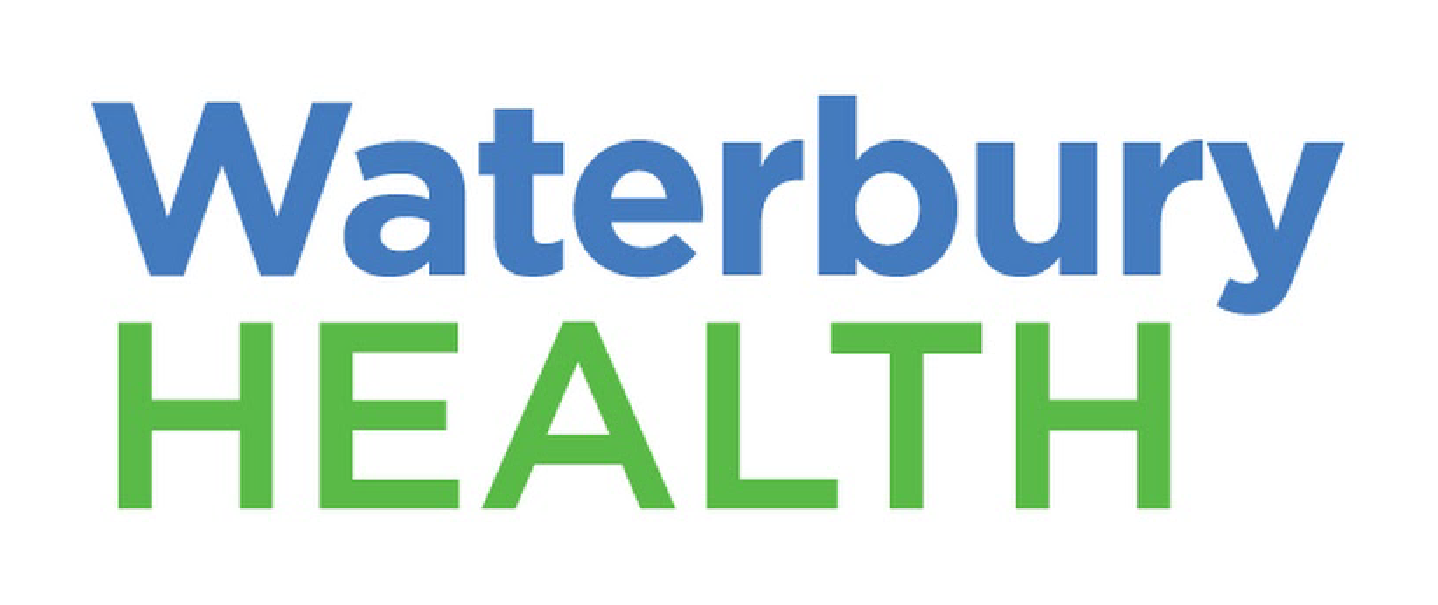Exercise – The Universal Prescription!
If someone told you there was a magic pill you could take that would make you feel and look younger, decrease your risk of heart attack and stroke, improve your overall physical health and mood, and increase your mental sharpness – all while helping you lose weight – would you take it?
I think the answer for most people would be a resounding “Yes!”
Well, there is such a “pill” – it’s called exercise and it does all those things...and more!
April is Move More Month, a campaign held every year by the American Heart Association (AHA) to encourage Americans to engage in more physical activity on a regular basis and incorporate it into their daily routines. The campaign highlights the wonderful health benefits of exercise as well as the risks associated with inactivity.
Here are some tips to help you develop your own regular exercise routine and make this April the beginning of a new, healthier, happier you!
The Health Benefits of Exercise
According to the AHA, one in four U.S. adults sit for longer than eight hours each day. This level of physical inactivity can have negative consequences for your physical and mental health.
Regular exercise is key to staying fit and well. Combined with the adoption of a healthy diet such as the Mediterranean or DASH diet, being physically active can help you lose those extra pounds you may have put on during the pandemic – and keep them off.
Exercise also helps combat disease. It lowers hypertension, increases HDL (good cholesterol), decreases triglycerides (fat in your blood), and helps prevent stroke, heart disease, diabetes, anxiety, depression, and some cancers. Regular exercise has also been found to help with many chronic illnesses. For example, it can decrease the rate at which Parkinson’s disease advances in a patient. And for seniors, exercise can help prevent falls and improve cognitive function.
Exercising during the day can also improve your energy levels and promote better sleep, especially quality REM sleep, and make it easier for you to fall asleep at night.
The Importance of Staying FITT
Keeping the FITT principle in mind will help you meet your fitness goals and help you enjoy the health benefits of regular exercise. FITT stands for the four key elements of any fitness plan – frequency, intensity, time, and type of exercise.
- Frequency – Three or more days a week of moderate exercise is considered best for improving your overall health. The latest studies now recommend at least 150 minutes a week of moderate exercise.
- Intensity – Your exercise activity should be moderate or greater in intensity. (As a rule of thumb, “moderate” exercise means you can talk – but not sing – while you’re working out.)
- Time – Thirty minutes (or longer) per workout session is the ideal.
- Type of exercise – Choose an exercise activity that involves all the major muscle groups. Walking, hiking, biking, swimming, and other outdoor activities are all highly beneficial. Simple weight training (two days a week, 10 minutes or so per session) is also recommended, especially for seniors, to help build muscle and bone strength, both of which decrease as we age.
Getting – and Staying – Motivated!
Motivation is everything! The trick to staying motivated is to make your exercise plan a part of your daily routine so it becomes second nature to you.
If you are unable to set aside a specific time during the day to exercise, don’t stress out. Modify your workday routine to incorporate more physical activity. For example, try parking a bit further away from your workplace – the extra walk can be part of your exercise plan. Taking the stairs rather than the elevator will also give you additional beneficial aerobic exercise.
And if you do want to work out but can’t devote the full recommended 30 minutes to it, try exercising instead for 10 minutes three times a day. You’ll not only get the same health benefit, you’ll also be more likely to make exercise a routine part of your day if it’s easier for you to fit three 10-minute sessions into your lifestyle.
For some people, it helps to have a buddy to exercise with. Others want the extra accountability and social interaction that comes from being part of a group fitness program. Many gyms are once again offering in-person exercise and yoga classes. But if you’re still uncomfortable about being in close proximity to other people, there are many online workout classes to choose from. For seniors, the SilverSneakers health and fitness program is available via Zoom in the comfort of their own homes.
Some people are finding creative ways to exercise and socialize at the same time. Taking up ballroom dancing, for instance, or a new sport. Pickleball, anyone?
(Important reminder: If you experience chest pain or shortness of breath while exercising, slow down and see your doctor.)
To me, exercise is the universal prescription! Exercising regularly can help anybody, no matter their age, to improve their physical and mental health. And it doesn’t matter how you choose to do it!
